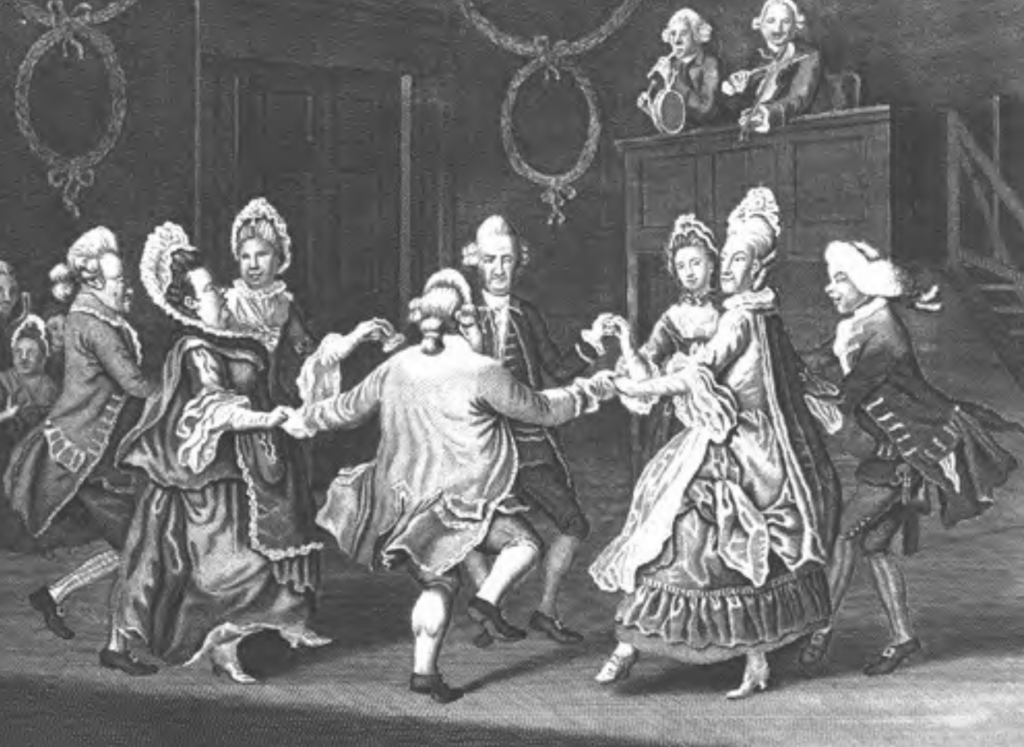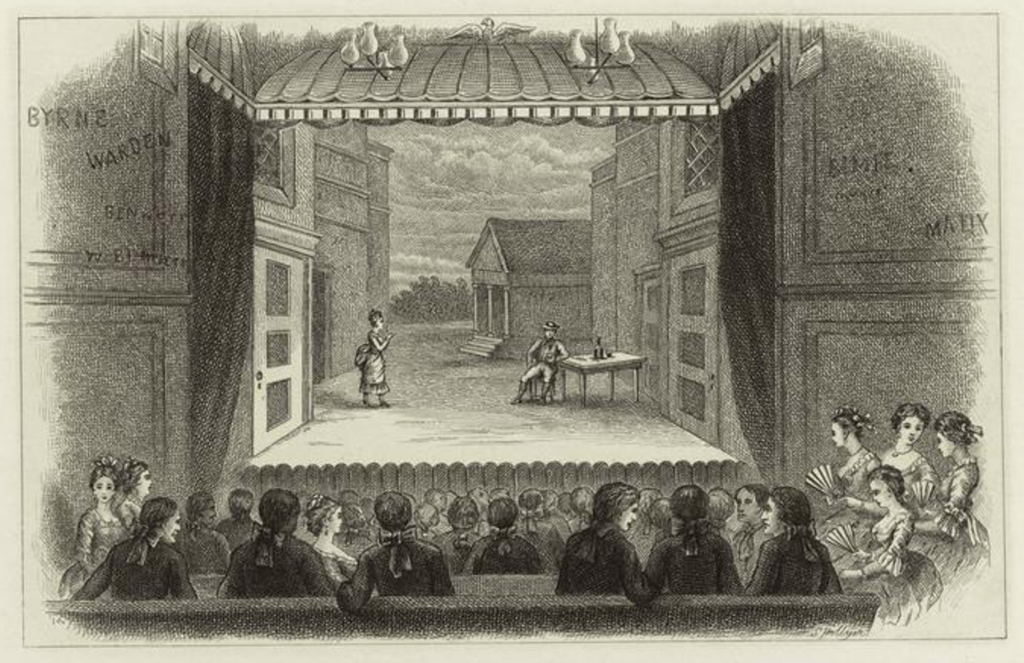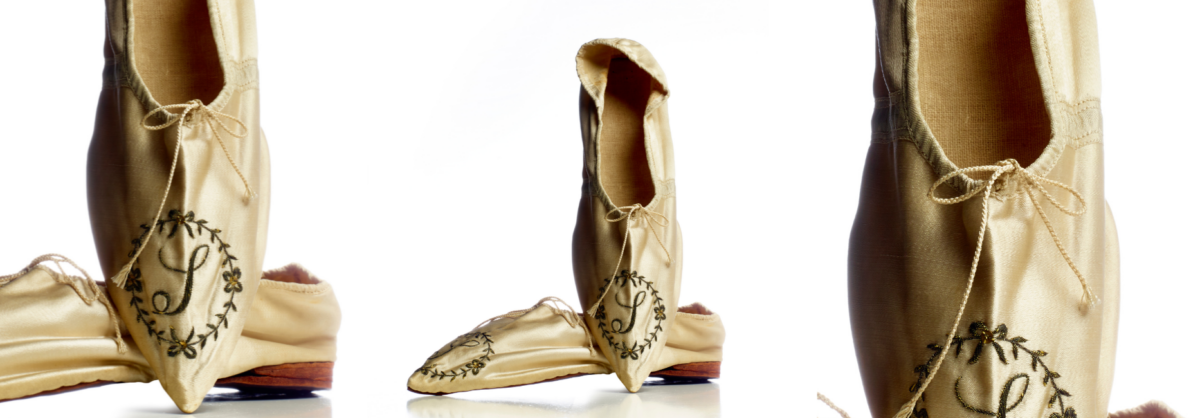The National Shrine of Saint Elizabeth Ann Seton is highlighting artifacts in its new museum and their significance in the life of the first person born in America to become a saint.
What are they:
Mother Seton’s dancing slippers. They are made of cream silk with “S” monograms and hard leather soles and reach 9 inches in height. The Daughters of Charity archives have two complete pairs.

What do we know about Elizabeth and music/dancing?
Around the age of eighteen, Elizabeth entered the culturally sophisticated world of wealthy New York society. Upper-class girls of her time were exposed to the social graces of polite conversation, manners, and diplomacy. A talented musician, she loved to dance so much that she kept her dancing slippers all her life.
A loving duet
Elizabeth and her husband, William Magee Seton, shared a pleasure in music and theater, and Elizabeth proved a rapt audience for his reminiscences of the art and landscapes of Italy, where he had spent time.
She and William entertained friends in evenings of conversation and music, he at his violin and she at her piano, and they attended plays at the city’s John Street Theater. William’s violin, bought in Cremona, was the first known Stradivarius in this country. He played French ballads, melodies from the American Revolution, Vivaldi’s violin concertos, and sometimes to Elizabeth’s delight, a duet with her at the piano.
Here is a link to music from Elizabeth’s time.
In Honor of George Washington
The Birth night Ball originated in Britain to commemorate the birthday of the monarch. Following the American Revolution, the birthday of George Washington was celebrated in the same fashion. The first public celebration of Washington’s Birthday was at Valley Forge during the winter of 1778 on February 22.

Balls like this one were a critical part of the social life for the upper ends of society. Here is a look at what a night at the ball was likely to entail.

While no written timeline of a ball exists today, they were often all-night affairs. A ball in the 18th century might have been organized like this:
7:00pm – Guest arrival with light refreshments and dancing
10:00pm – Seated supper
Midnight – Dancing resumes
5:00am – The last guests leave
Such a timeline would allow ample opportunity for dishing the latest gossip, discussing business and politics with neighbors, forming new acquaintances, and, of course – flirting.
The theater
Elizabeth also had a love of the theater. While we don’t know for sure that she attended, the John Street Street Theater was a few streets away from her home.

The Little Red Book
As she became a mother, Elizabeth filled a red notebook with reflections and advice for her daughter Catherine. The notebook’s contents were not meant for the public eye, and they are as contradictory and spiky as “Dear Remembrances” is smooth and opaque. Some pages offer briskly sensible advice:
Elizabeth deems dancing “good exercise,” cautions Kit against marrying “an unprincipled man,” and explains the usefulness of “simplicity” in dress (“it makes a lovely woman more lovely, and even an ugly one pleasing”) …. Catherine must have pure principles, Elizabeth warned, because once she fell in love, “Passion will soon blind poor reason and even a Mother’s tears would have no power to save her darling.”
Elizabeth gathered her advice from Introduction to a Devout Life – read the page here.
For more information about the National Shrine of Saint Elizabeth Ann Seton, visit www.setonshrine.org.
